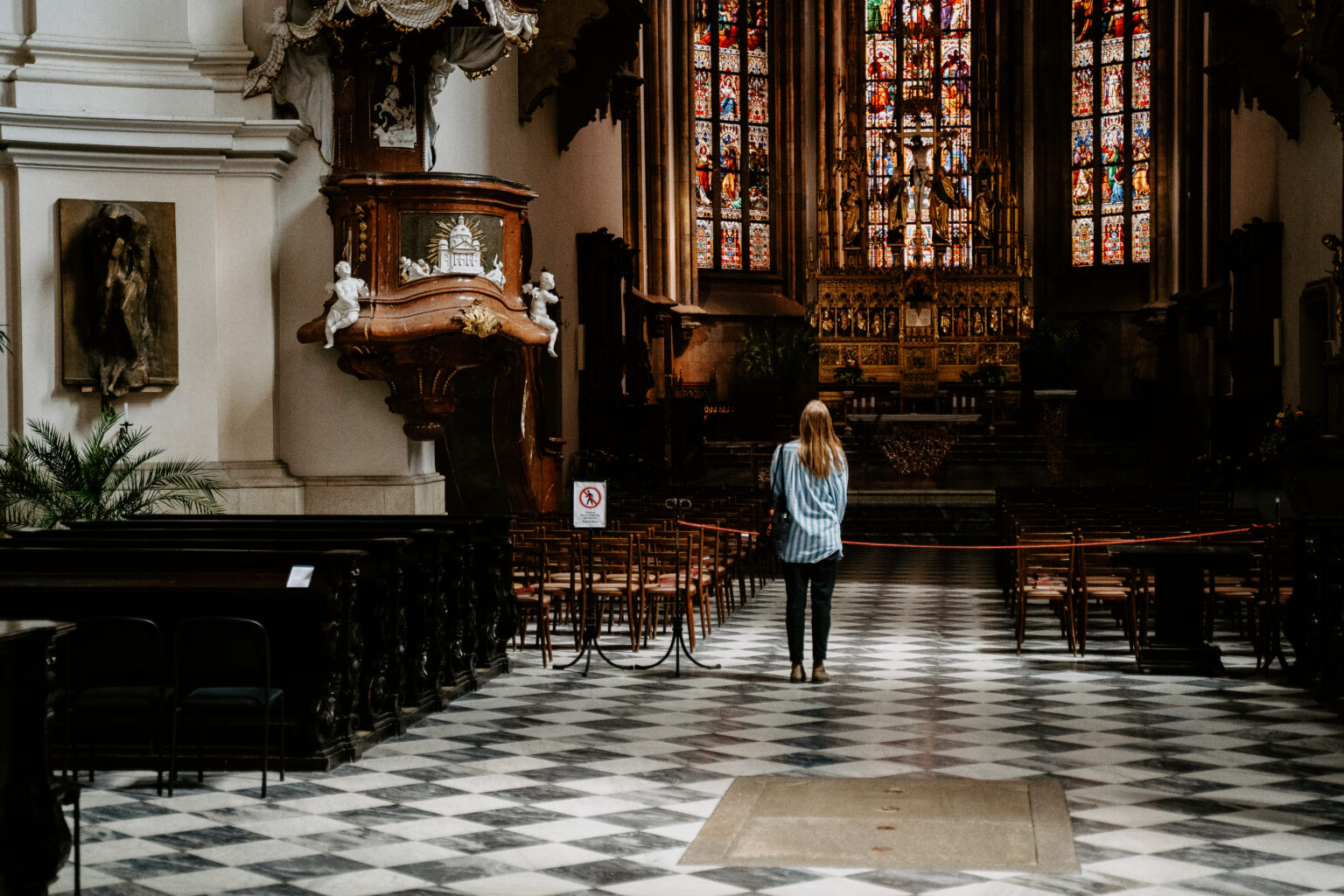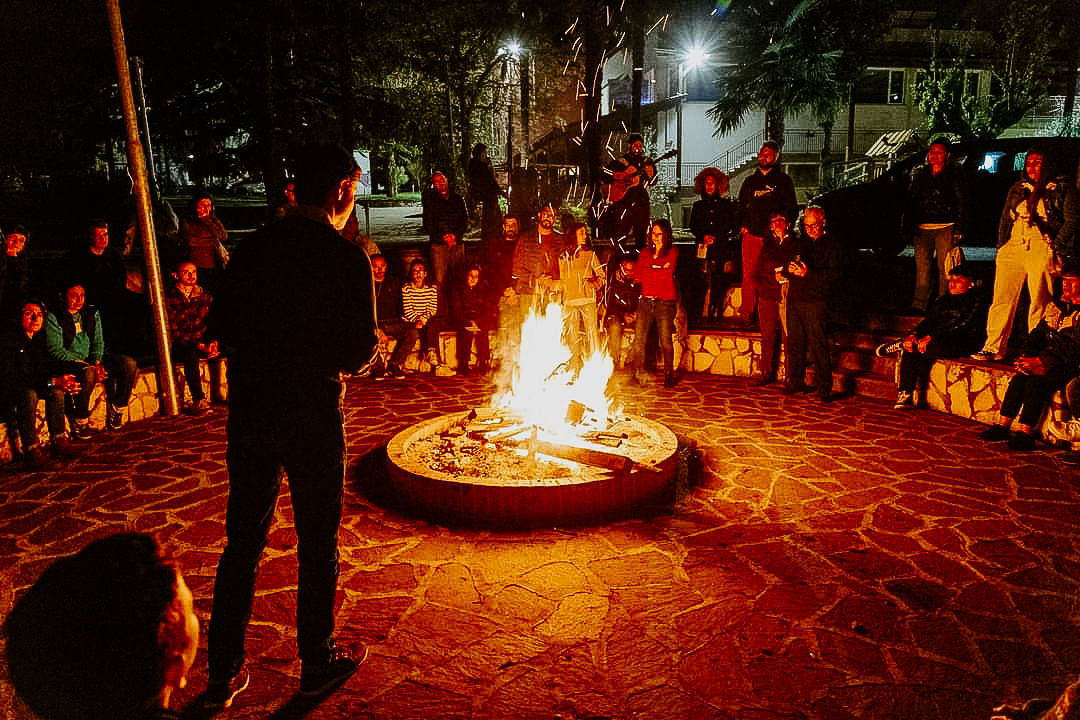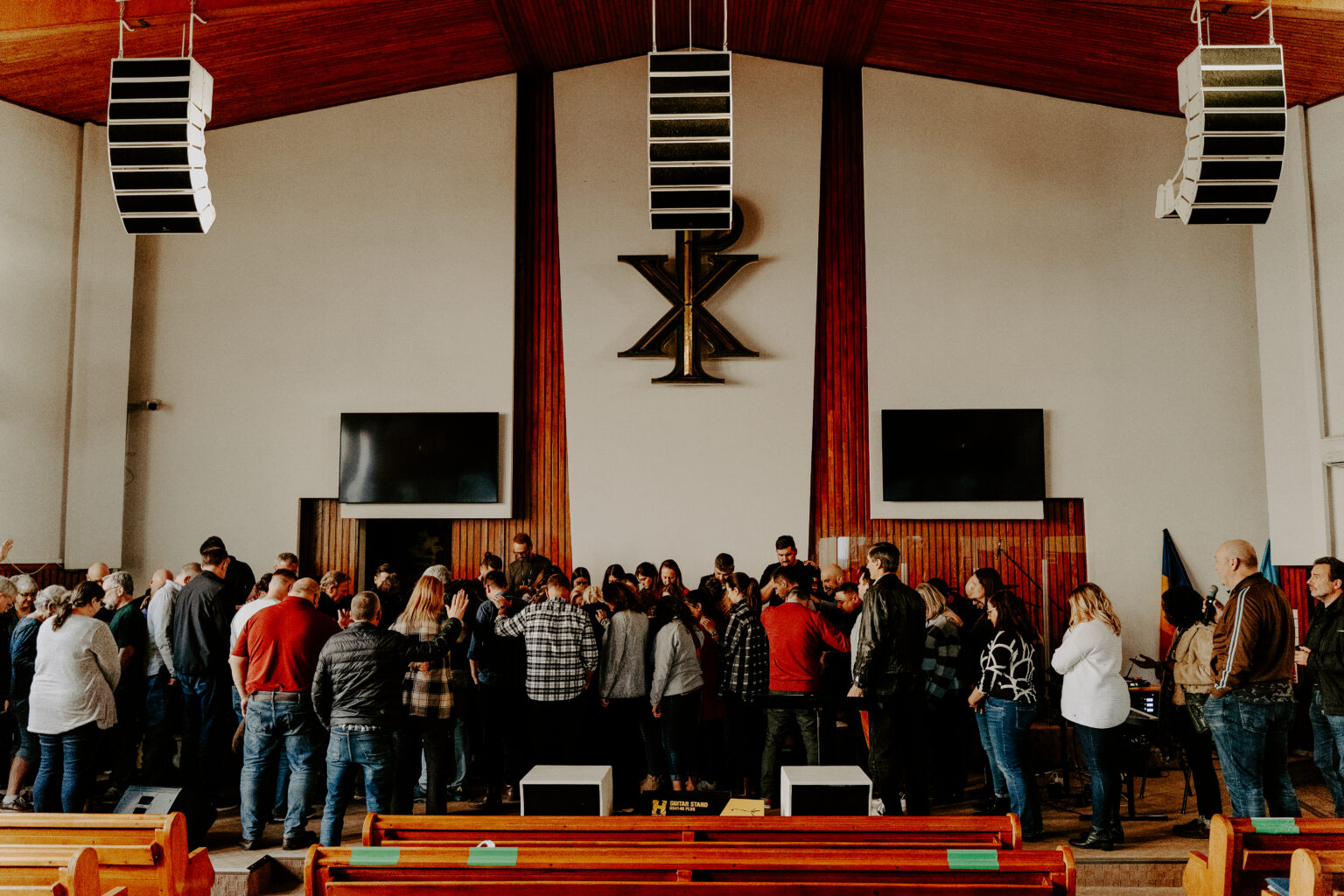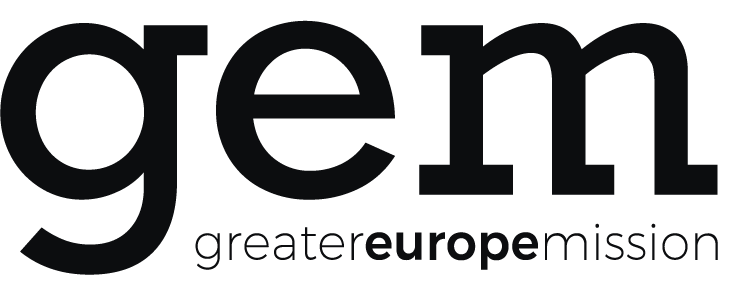A Missionary’s Perspective on How the Church Looks Different in Europe

Let’s say you want to become a global worker in Europe. What would you need to know about the European church compared to the American church you are used to?
Because of Europe’s incredible diversity, each church’s context looks different. However, by looking at three “-ism’s” of church life—communalism, bivocationalism, and evangelism—we can get a little taste of what ministry in Europe might look like.
Communalism
Community is an important value across Europe.
As GEM intern Ashley Sims noted, her church in Skopje, Macedonia, “does life together.” Her eyes shone as she described how her church went “above and beyond” when her bank account was hacked in August: paying her rent, buying groceries, and inviting her to their homes. In December, a couple from her church even offered to buy her a winter coat.
In Italy, church community is a reflection of Italian culture’s emphasis on family. “Italy is a society strongly based on relationships,” explained Mila Palozzi, one of my pastors here in Rome. This means that a church community thrives through social events involving food, dinner invites, and relational exchanges. In other words, contexts that closely imitate the structure of a family.

In the United Kingdom, community can be nurtured by the church parish model. GEM worker Emily Nichols observed that “one of the beautiful things about the parish model in England is that you’re more likely to go to church with people you live near. . . . This makes everyday discipleship so much easier.”
A country’s history and geography impact the way the people participate in community. Jill Corley, a GEM missionary serving in Timisoara, northwestern Romania, explained some of the cultural differences she’s observed. “Once you get to know them, Romanians are very warm. But until you break that ice, they can sometimes come across as cold.”
Romanians, like all people, desire deep connections. But understanding the history of how Communism has impacted society, often creating distrust and skepticism toward new relationships, is vital to understand how to form deep connections in places like Romania.
Community in all cultures is essential. But community look different in each European culture. Thus, taking the role of learner and observing how community is formed and adjusting our home-culture’s expectations for what community will look like is key for effective ministry in Europe.

Bivocationalism
Perhaps one of the most important things to understand about the European church is the importance of bivocationalism—holding both a secular job and a ministerial position—especially in countries where the Evangelical church is the minority.
In Italy, where the Evangelical church represents less than 1% of the population, bivocationalism is often the only way Evangelical communities can survive. Mila explained that most often, Evangelical churches do not have enough resources for full-time ministerial positions.
Gioele Di Bartolomeo is a professional physical therapist in Rome who is also finishing a master’s in pastoral counseling. As a bivocationalist himself, Gioele observed that in Italy, “if you don’t live in the work world, you don’t have credibility.” The first question an Italian will usually ask is “Who are you?” Since the concept of missionaries and pastors doesn’t really exist in Italy, having a professional identity brings respect.
It is difficult, however, to balance ministerial and secular responsibilities. In Romania, bivocationalism is common among those who hold ministerial positions, but Romanian Christians tend to overwork themselves. As Jill explained with a laugh, their mentality is “I can sleep when I die.” My Romanian friend Jo told me that one person she knows is in his last year of seminary school, holds a day job, and also pastors two churches!
It is important to be aware of the benefits and challenges of bivocationalism when you enter a European church context.

Evangelism
So, how does the gospel spread most effectively in Europe?
“In the US, the strategy is more like ‘How can we get them in the church and then share the gospel?’” reflected Ashley. “What I see more often in Macedonia is people making relationships and sharing over coffee, and then inviting them to a Bible study.”
Mila agrees. “I believe the most important channel for evangelization in Italy is that of relationships,” she said. “The gospel in Italy passes through trust.”
“We have to overcome a cultural obstacle that the American church doesn’t have,” Mila explained. “In the US, the Evangelical church is widespread. . . . In Italy, we are often associated not just with a minority but with a cult.” It would be difficult for someone to “randomly” enter an Evangelical church—they have to be invited by a trusted friend.
While sharing in Romania usually happens through one-on-one evangelism, Jo noted that street evangelism and open-air preaching, which were illegal during the era of Communism, are now becoming more common. Jill referred to this as an “evangelism explosion”: going to parks, talking to people, handing out tracts, engaging people in conversation.
Because evangelism in Europe tends to be relational, building authentic, long-term friendships—instead of trying to push an agenda—is essential.

So, what can those who hope to do ministry in Europe remember while preparing to go overseas?
Be open to learning what ministry looks like in a different culture and getting to know those around you, how they are shaped by their culture, and how the country’s values point to the gospel.
“It’s important to understand the history of a country when you go there,” Jill advises. “Know how its history impacts the way people think and what attributes of God would be important to share with them.”
Gioele summarizes it well: “Come to Italy and try to understand who and what we are.”
Interested in responding to Gioele’s invitation? Click here to connect with a GEM mobilizer.
About the author: Kara Barlow is a GEM intern in Rome, Italy working with migrants and serving as a storyteller.
